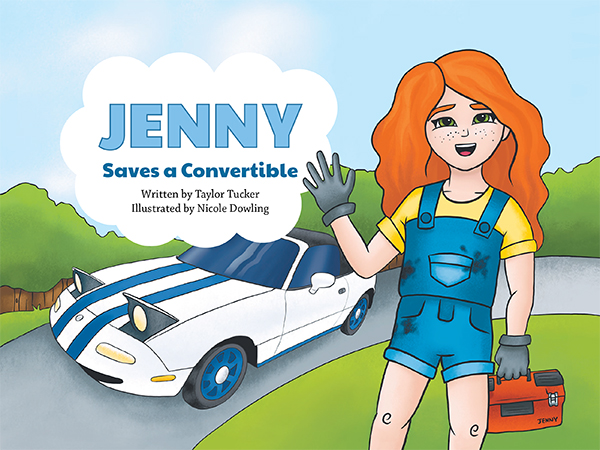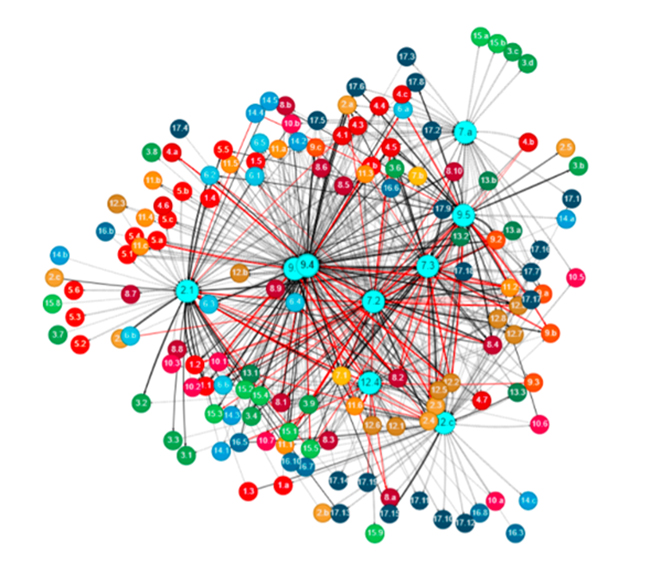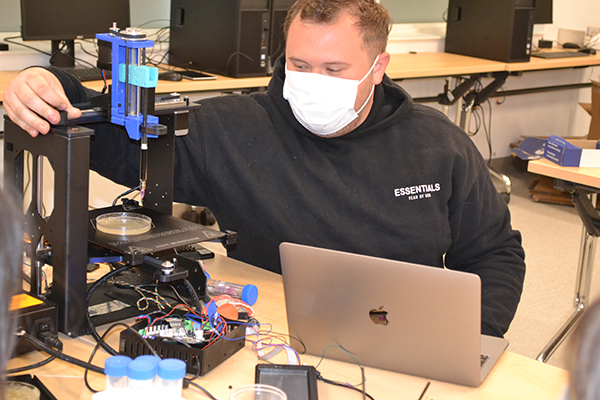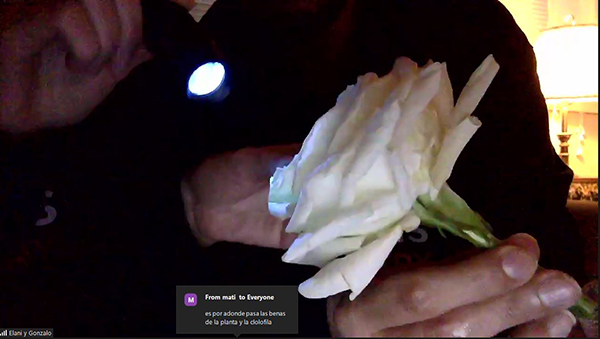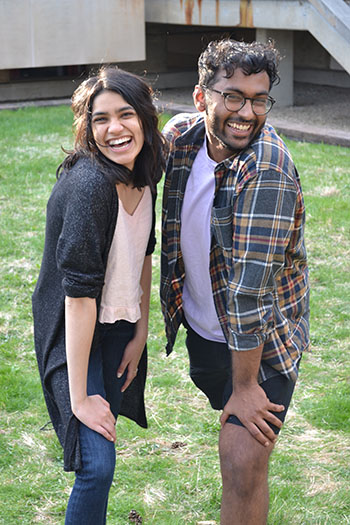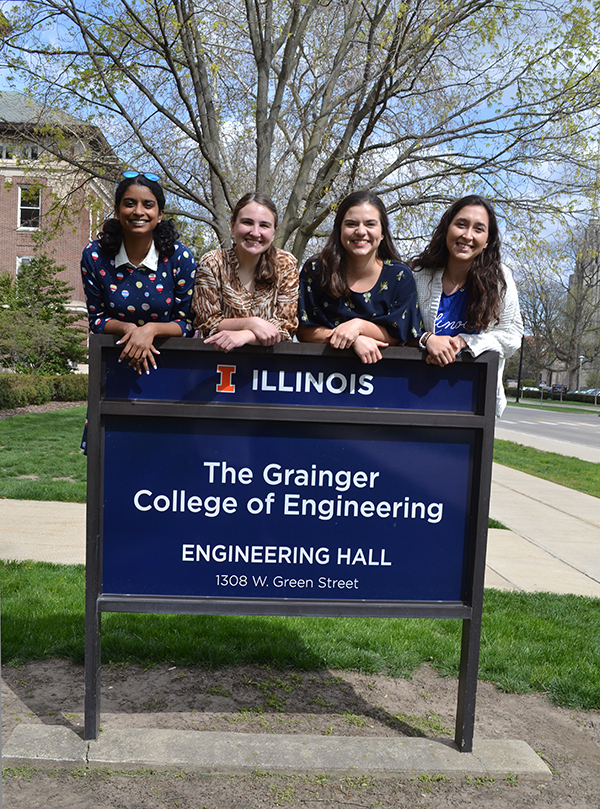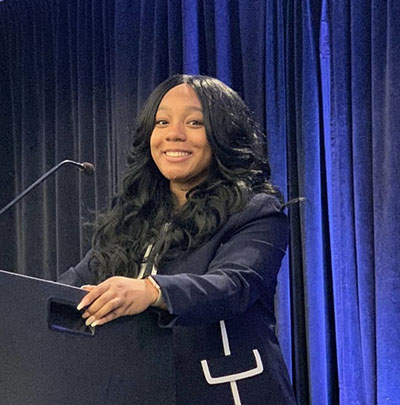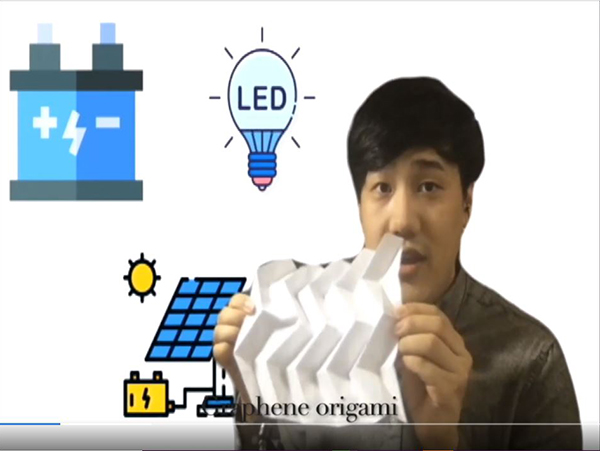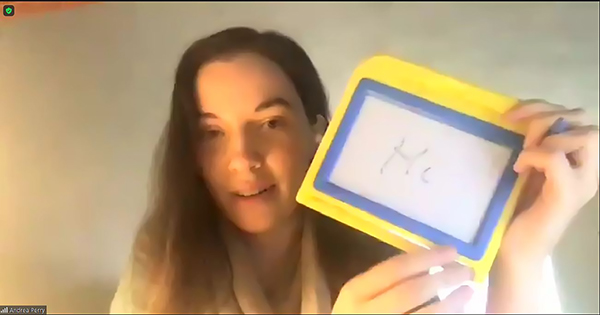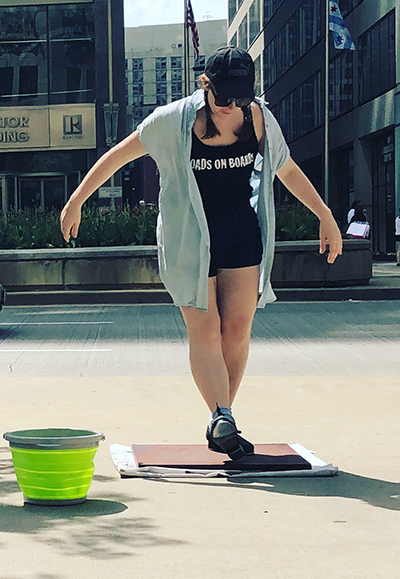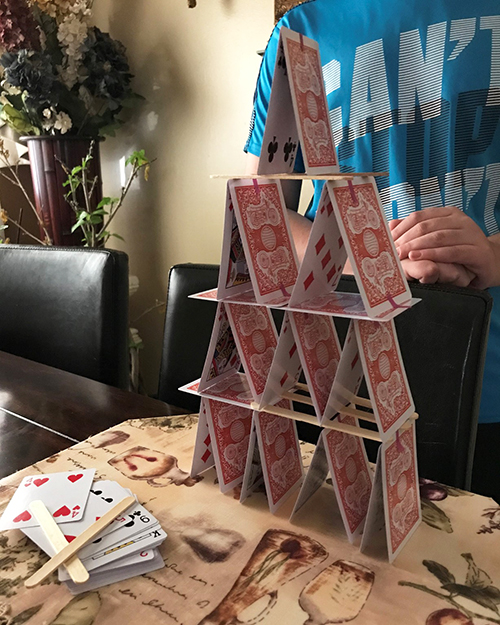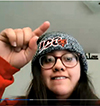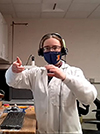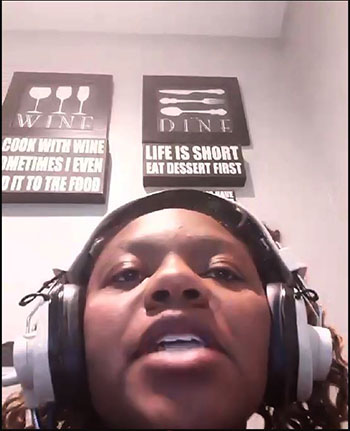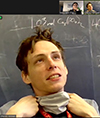Grand Opening of Orpheum’s Air Maze Celebrates Fluid Mechanics, Rheology
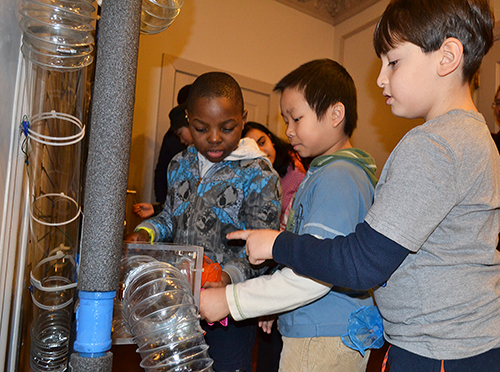
Martin Luther King students operate the air maze.
February 2, 2015
On Wednesday, January 28th, a group of 16 third and second graders from Urbana’s Martin Luther King School (MLK) took a field trip to the Orpheum Children’s Science Museum to experience the unveiling of the museum’s new air maze, plus do some other engineering-related activities, including learn about funny fluids and fluid mechanics.
Now open for business, the air maze was designed and built by University Laboratory High School’s senior engineering class. Their teacher, Sharlene Denos, tackled the air maze so her class could learn engineering by doing it, plus contribute something to the community—the Orpheum in particular:
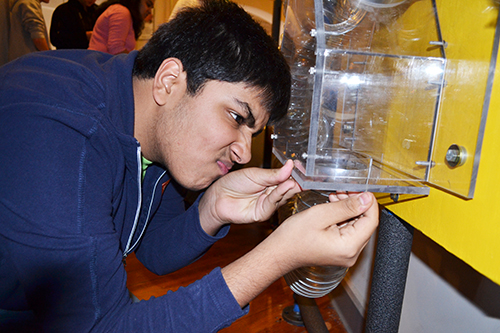
Uni High student Shaleen Agrawal makes an adjustment to the air maze.
“It’s a real-world project: they’re learning about engineering by actually being engineers,” she concedes.
To christen the air maze for its maiden voyage (plus iron out any kinks), Denos’ class was on hand to help supervise the maze, plus guide MLK students, who rotated among the four stations which exposed them to a variety of activities. The Uni seniors also assisted or taught at the stations.
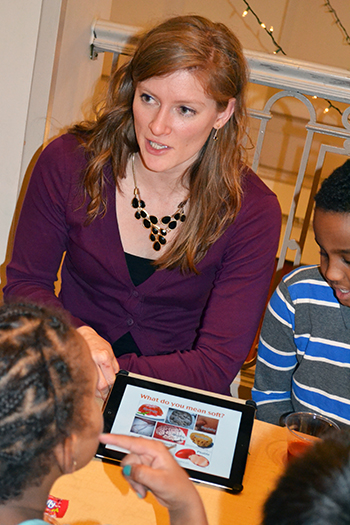
MechSE Assistant Professor Shelby Hutchens (center).
Indoctrinating the youngsters into the joys of soft materials was MechSE Assistant Professor Shelby Hutchens, who brought a plentiful supply of colorful, wobbly stuff which perfectly illustrates her research: jello. So what did the kids learn at her station?
“How jello—and soft materials, in general—can act as both solids and liquids. That was kind of the main take-away,” says Hutchens.
However, the kids weren’t the only ones to learn some things. “I definitely learned something about presenting this information to second graders,” admits Hutchens. She also acknowledges that she finds distilling what one does down to the level a child could understand to be grounding to her own research.
“If you can’t convince a second grader that your research is important, then maybe you should rethink what you’re doing,” she proclaims. “There should always be some sort of easily-understood reason behind whatever it is you’re doing. So it’s a good way to go out and check myself.”
To prepare her presentation, she pared down her typical set of slides, then asked herself, “Ok, what’s the main idea here? Oh, this exists!”
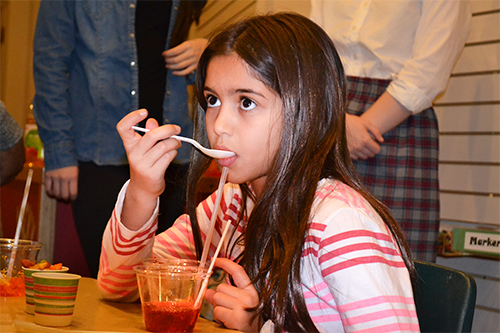
An MLK student samples the jello while listening to Professor Hutchens teach about soft materials.
Then, to help the youngsters understand about surface tension, she featured water striders.
“I felt like second graders have a better idea of insects and insect behavior that they would the abstract idea of surface tension,” she explains.
Hutchens’ research, which combines physical chemistry with mechanics, tries to take advantage of both the fluid-like and solid-like aspects of soft materials. She specifically emphasizes materials that mimic the way plants move and operate.
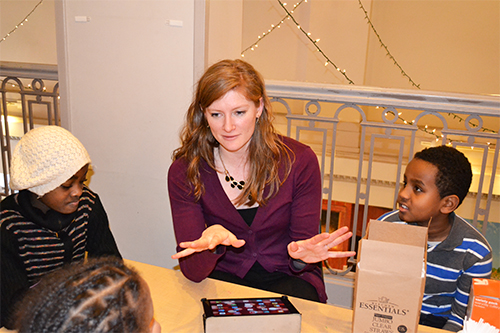
MechSE Assistant Professor Shelby Hutchens (center) teaches a group of MLK 2nd graders about soft materials.
How might Hutchens’ research impact these same youngsters down the road? As a better means to heal soft materials in the body. Maybe, thanks to Hutchens’ research, instead of stitching up a wound, their doctor will one day apply a soft material that not only holds the wound together and provides protection, but will also “provide the right kind of mechanical environment to induce it to heal in the proper way.”
She explains that cells are subject to and respond to the mechanical environment around them: “So if you want them to heal back to original function, you need to supply that same mechanical environment so that they can regain that function.”
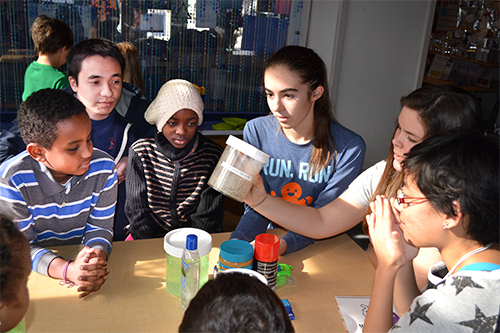
Three Uni High students (right) teach a group of MLK students about funny fluids.
Another station included hands-on activities about funny fluids. Using materials from Randy Ewoldt’s Rheology Zoo, a couple of his students, Arif Nelson and Jennifer Lin, briefed the Uni High students on funny fluids and how the activity worked, then just hung around to supervise as the Uni seniors did the activity with the MLK students.
Lin’s motivation in taking part was to “spread knowledge” about some ordinary, everyday materials. “A lot of these kids have interacted with these things, but they don’t know what it means, so showing them the science behind it.”
One material that was evidently a big hit was shaving cream. “They didn’t know that it was going to stick up so much,” she divulges. “They were like, ‘Whoa!’ So that was cool.”
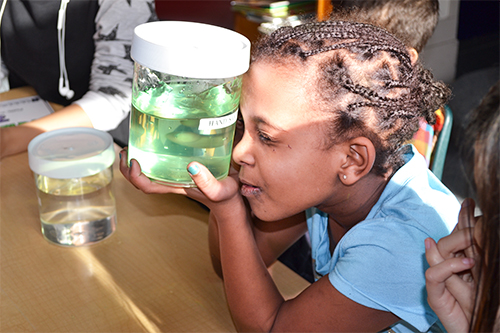
MLK third grader examines a flunny fluid.
Arif Nelson also appreciated the chance to expose the youngsters to rheology:
“I think this was a really great experience, and I think it was a good opportunity to share this stuff with people that might not have seen it otherwise.”
Another plus for Nelson: Uni is his alma mater. “It was great to connect with the local high school, of which I happen to be an alumni.”
Also sharing his expertise on turbulence and fluid mechanics with the MLK 2nd graders at the event was MechSE Assistant Professor Leonardo Chamorro, who did a turbulence activity with the maze.
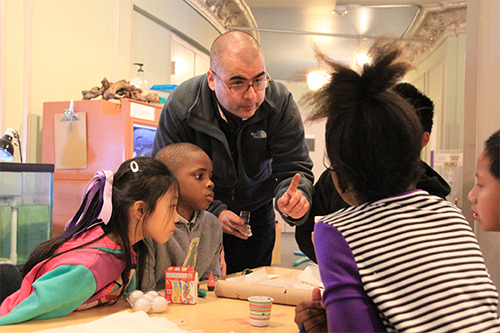
Assistant Professor Leonardo Chamorro teaches MLK students about turbulence. (Photo courtesy of Joe Muskin.)
Chamarro’s activity taught the youngsters basic concepts about fluid motion, specifically laminar and turbulent motion. “We did some basic experiments and showed the close relation between organized motion (laminar motion) with velocity, then when you increase turbulence velocity, the fluid becomes chaotic, disorganized, messy. We call it turbulence. The kids learned about that difference and learned how important velocity is in this process.”
To help the students understand laminar flow and turbulence, Chamorro shared a real-life illustration. He compared joggers to particles. “When we are jogging in a group at a very slow velocity, we are all organized. But when we run, the group become disorganized.”
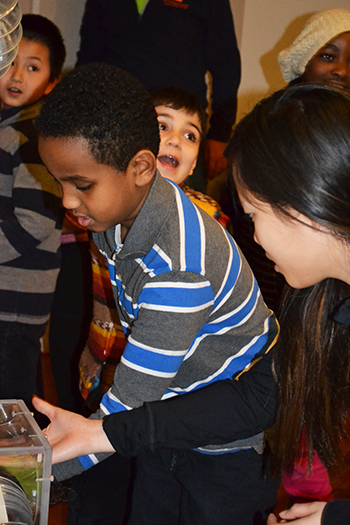
A Uni student (right), helps a younger MLK student operate the air maze.
Did the kids pick it up? “Absolutely. Absolutely," he declares. "They definitely learned about these two stages of motion, and then they learned that velocity is a parameter there."
Chamorro, who has collaborated with Denos before, participated in the event because “This particular experiment matched my research, so I think I am qualified to explain to them this fantastic topic.”
Regarding whether Chamorro saw any future engineers in the group, he replied: “Of course. They’re pretty smart kids.”
And as someone who deals with turbulence every day, did he encounter any? Nope. It was all laminar.
“They were focused. I sort of was expecting some turbulent behavior, but they were very, very focused. So I like all of them; I see great potential in these kids.”
Chamorro’s hope in attending the event was that he could impart to the kids an appreciation for his field: “So, the important thing is to show the beauty of the physics and the beauty of what is surrounding us.”
The King Elementary ESL teacher, Shalonda Carr, who attended the event with her students, reports that the event, especially the hands-on activities, had a positive impact on increasing her students' interest in science:
"My students have benefited greatly from working with and developing relationships with the Uni High students. This fantastic event had the students excited and engaged in what they were learning. Being able to explore, touch, see, and have such complicated concepts explained to them in a way the students, who are language learners, could understand opens up their world to want to learn more about the many topics of science."
For additional I-STEM articles about Uni High, see:
- Uni High Engineering Class Makes Wind Maze for Orpheum Museum
- MechSE's Gaurav Bahl Promotes Outreach and Undergrad Research
- Uni Seniors Take an Initial Look at the LEGO® DNA Learning Center Set
- High Schoolers Gain Authentic Research Experience at Illinois
For additional I-STEM articles about the University's partnership with the Orpheum Children's Museum, see:
- REACT: Reaching and Educating Tomorrow's Chemists Today
- IGB's Genome Day Exposes Visitors to Genomic Research
Story and photographs by Elizabeth Innes, Communications Specialist, I-STEM Education Initiative.
More: K-6 Outreach, Orpheum, Uni High, 2015
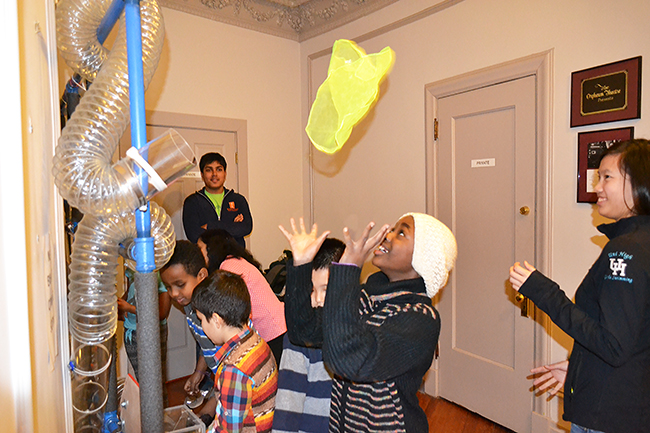
An MLK student is poised to catch a scarf that has just traveled the entire length of the air maze.
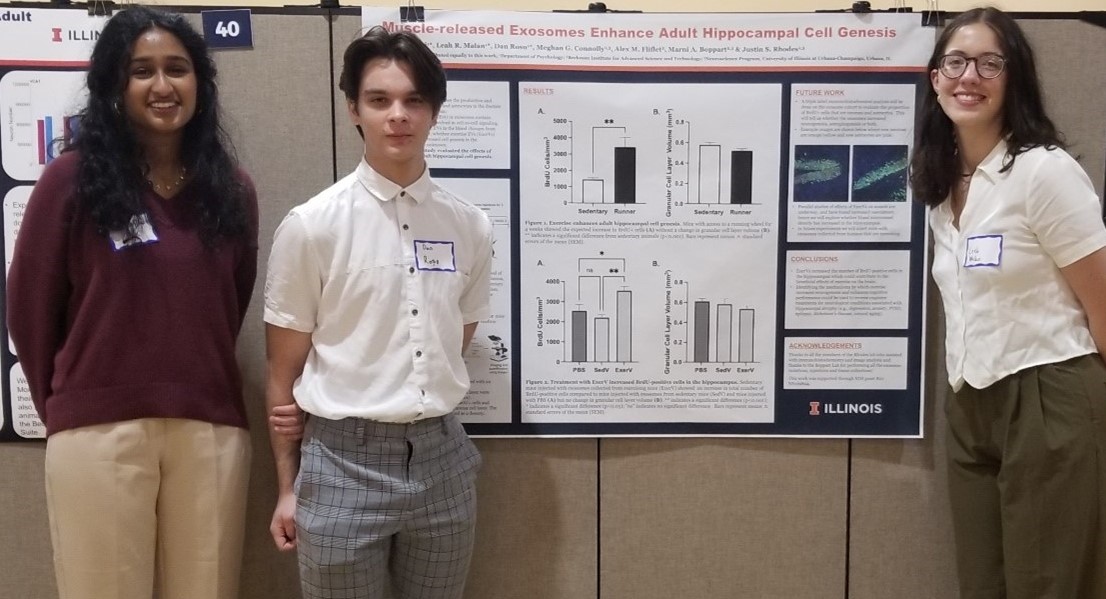
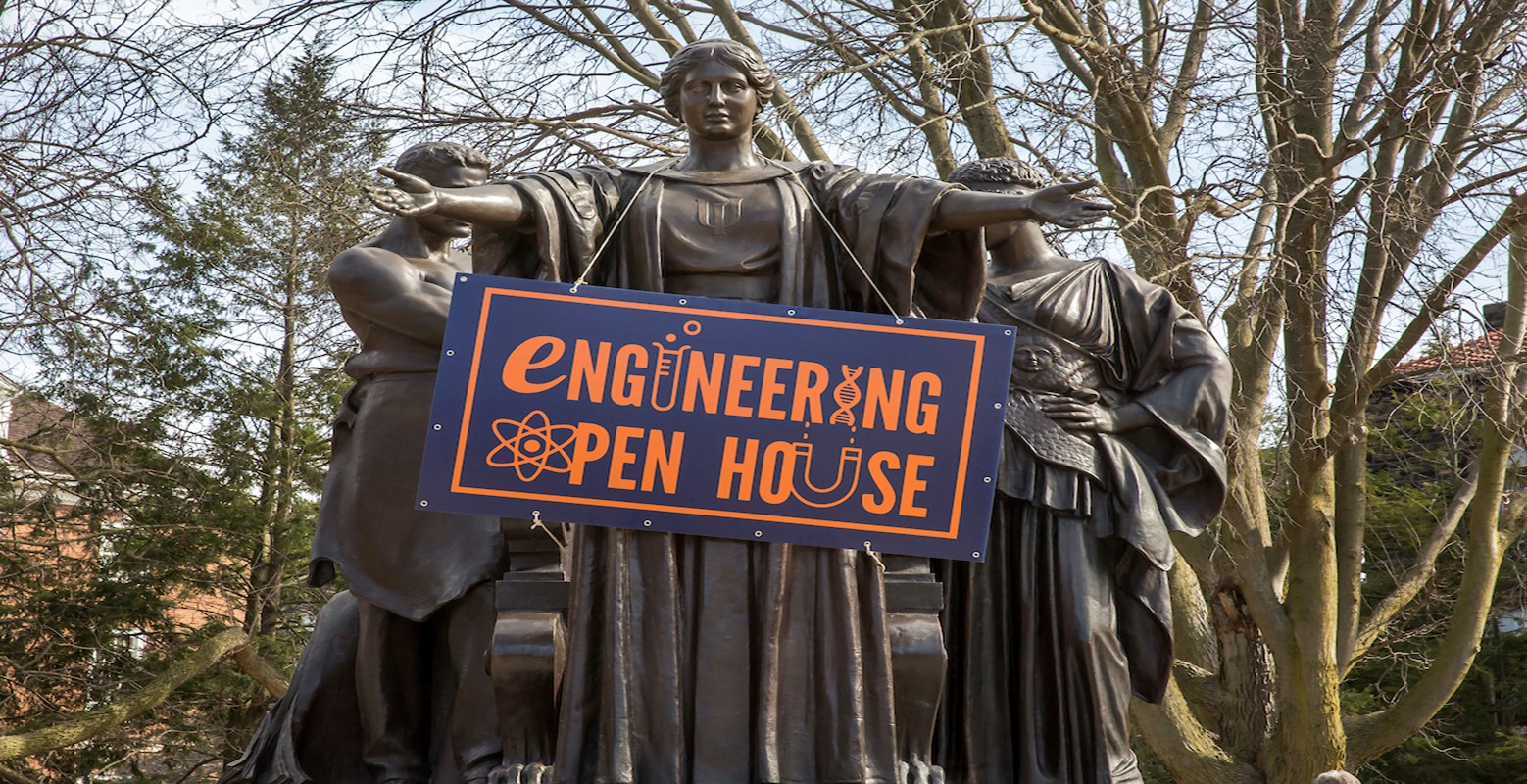
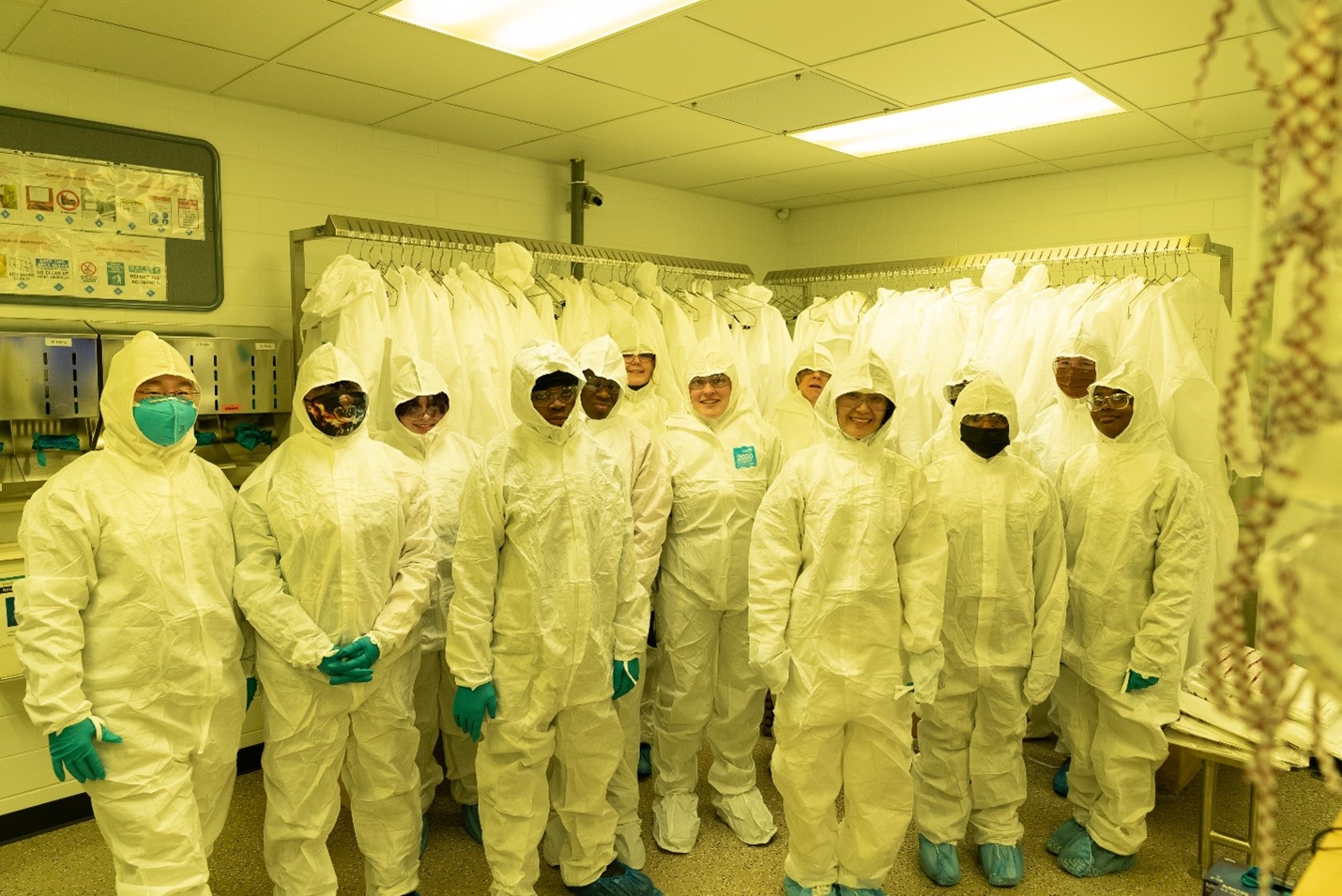
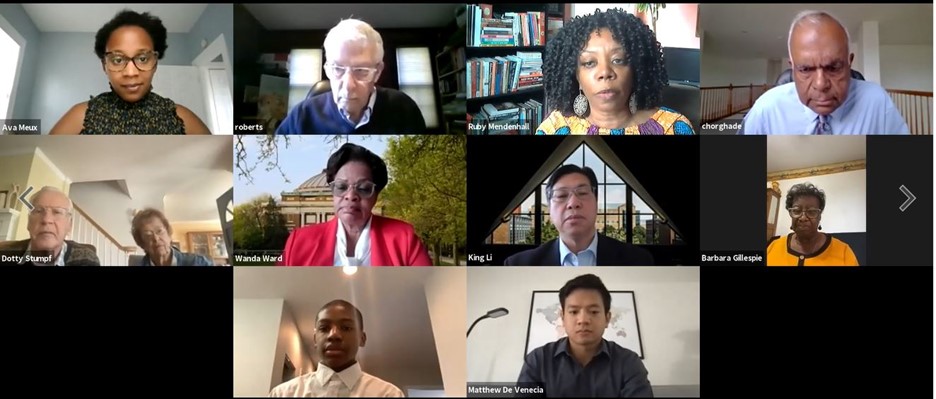
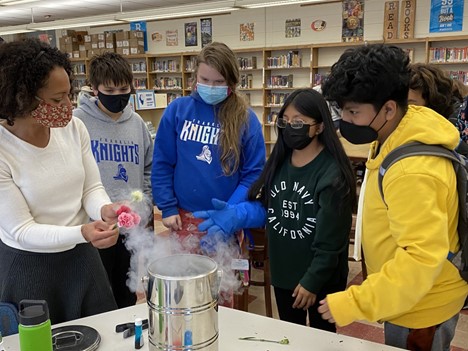
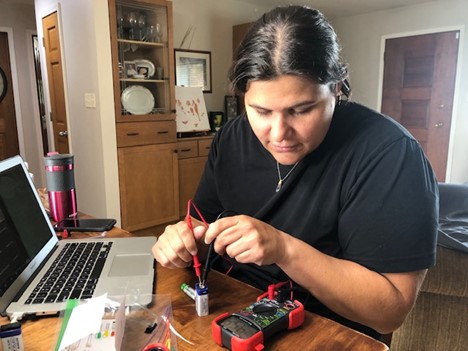
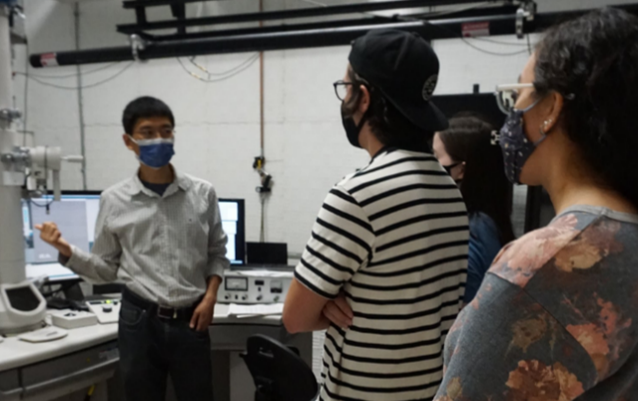
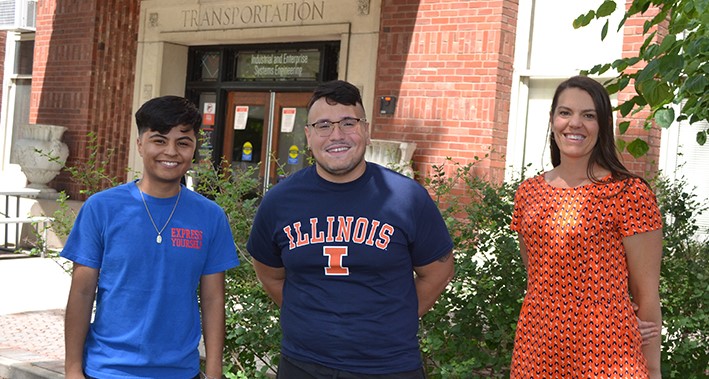


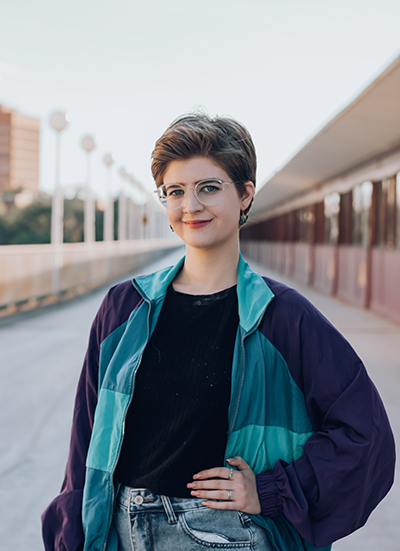
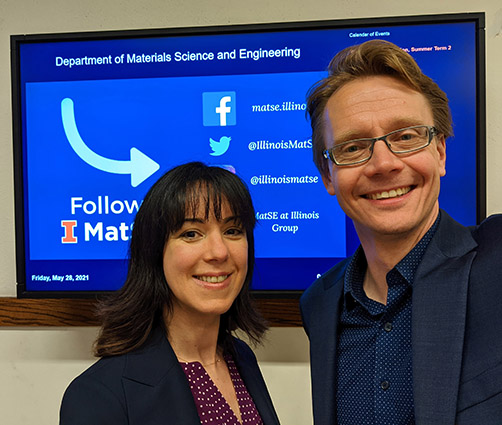
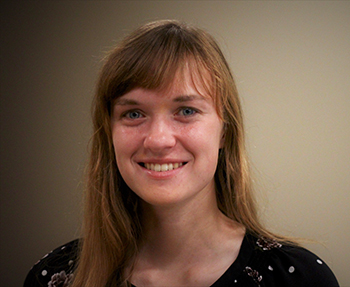
.jpg)
